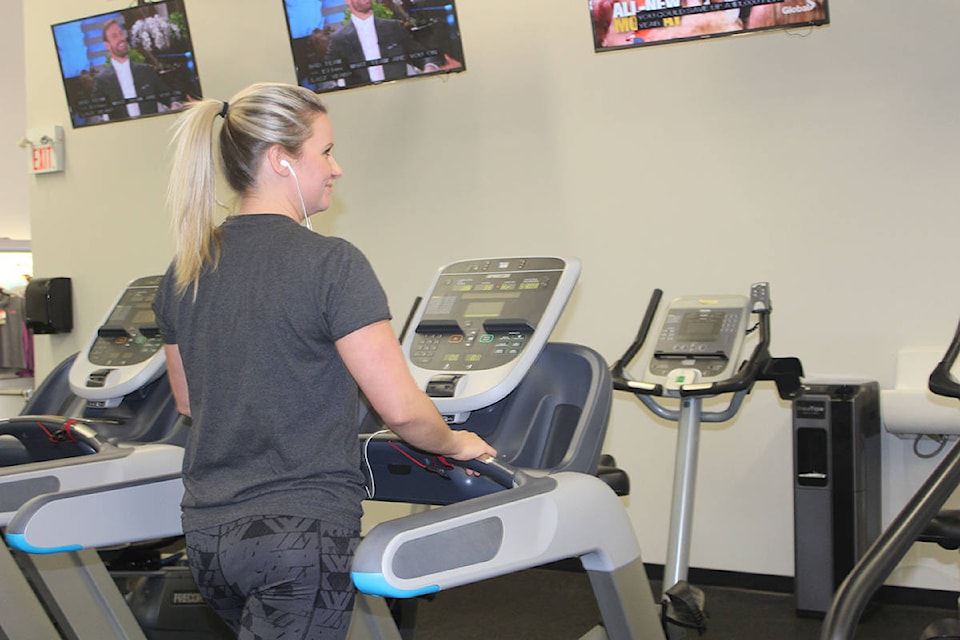For many, it is difficult to imagine enjoying a workout without music. Fitness instructors use upbeat tunes to set the pace, yoga classes often include soft ambient music, and most gym-goers listen to their own playlist. But does your favourite music necessarily encourage your best workout performance?
According to a study published by the Society of Composers, Authors and Music Publishers of Canada (SOCAN) in January 2017, 88 per cent of Canadians who exercise find at least one benefit to listening to music while exercising.
Fifty-nine per cent assert that music helps the time pass by more quickly, and 56 per cent believe that music energizes them to get moving. Of Canadians who exercise, 77 per cent are likely to enjoy their exercise more when music is being played, and 73 per cent are likely to push themselves even more. Interestingly, women are more likely to agree with these statements. Those who hear music they enjoy while exercising will be more likely to experience an increase in enjoyment, work ethic, future attendance, and friend referrals.
Dr. Johanne Brodeur, head of the music therapy department at the Victoria Conservatory of Music, said “music therapy has been used for decades in rehabilitation medicine. Music is used to assist the facilitation of each movement, increase strength, pace and endurance, motivate, serve as a psychological aid, and increase exercise endurance.”
But simply shuffling your iPod library may not always offer these benefits. Music must be selected specifically for each individual and for each fitness program.
“The music has to be carefully chosen and most likely pre-determined in some sort of movement cycle and repeated as needed for specific intent, whether that be going faster, keeping the pace, motivating, easing discomfort, or increasing breathing capacity,” Brodeur explained. “Some music, if not well chosen, may even act as a distractor to the main goal and physical output.”
At the Maple Leaf School of Russian Ballet, instructors use live piano and recorded music of a classical repertoire to encourage dancer engagement. According to David Beales, artistic director of the studio, “having a live accompanist works especially well with the students.”
He continued, “Live music encourages students to really understand emotion, dynamics, and varying tempos. It also adds a spiritual element to their training.”
So next time you are curating your latest work-out playlist, your favourite album may not be the optimal choice. In addition to selecting an appealing genre of music, tempo, rhythm, and even extra-musical associations and memories should be taken into account to achieve your best workout possible.
Visit mapleleafballet.ca for more information about class offerings and go to vcm.bc.ca for a list of programs and an array of classes suited for all ages and abilities.
Kristi Hoffman
West Shore Arts Council
